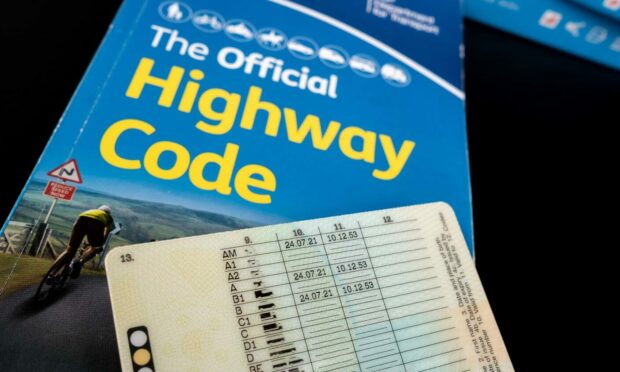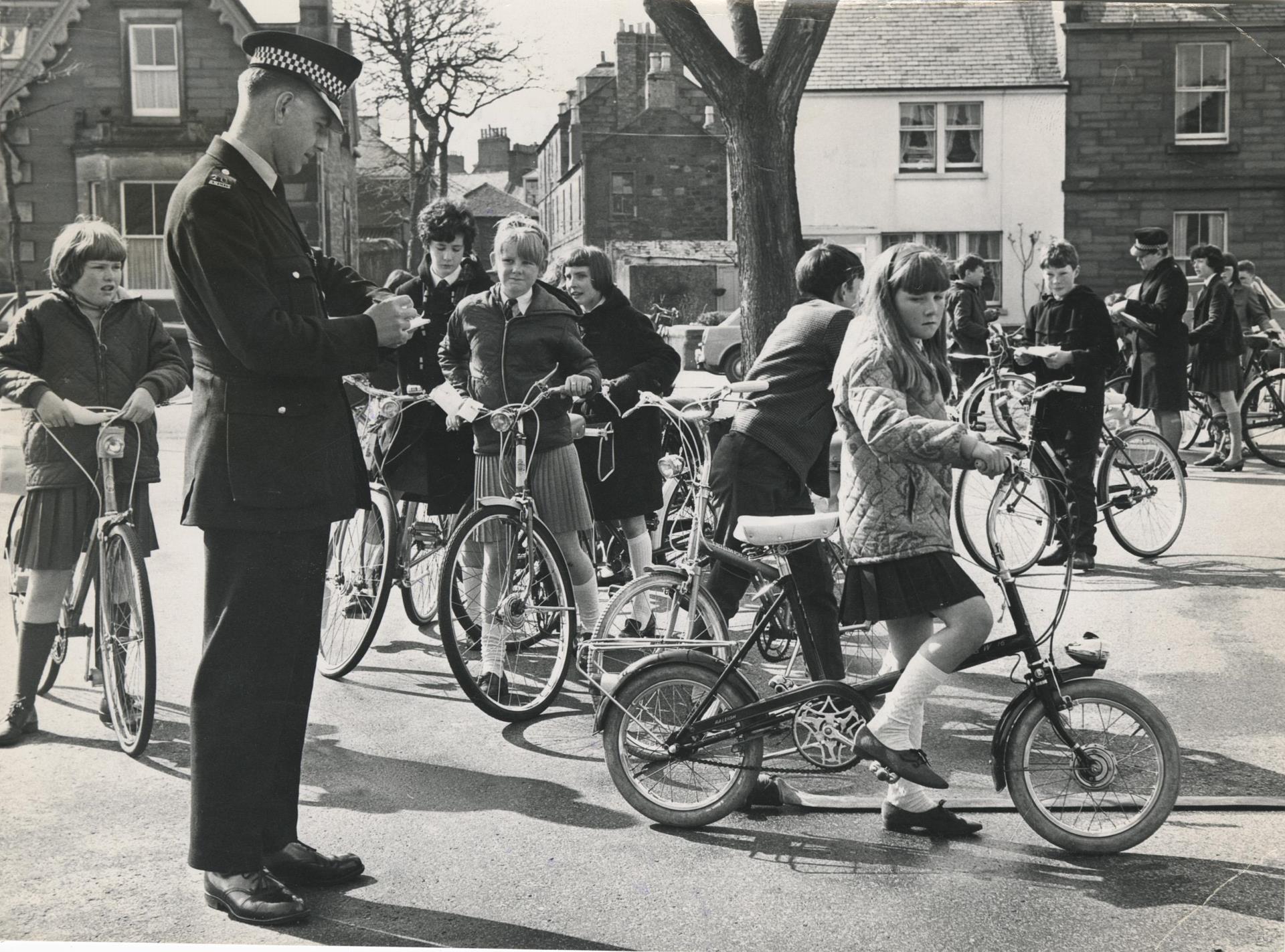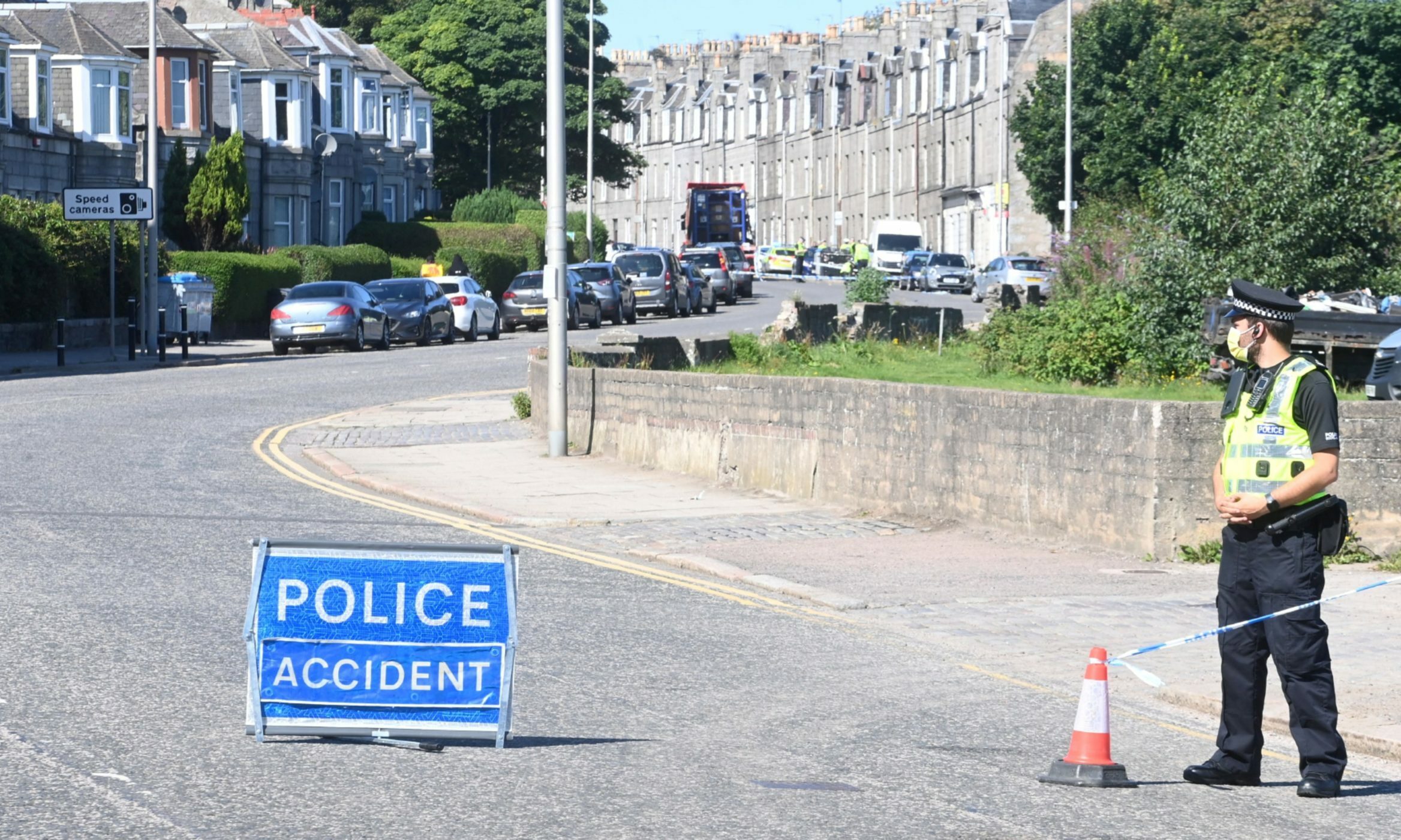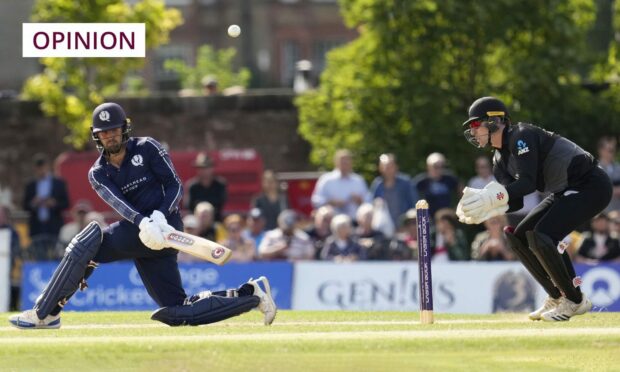There was a time when the Highway Code devoted a special section to hand signals for drivers of horse-drawn carriages.
Being able to wave arms around correctly to warn of impending manoeuvres was vital before proper indicators were universal.
I’m old enough to remember learning to stick my arm straight out of the window to turn right, flapping it up and down while slowing down, or waving in a circular motion to turn left. At one time, you could even use a dummy arm if it was more convenient.
I don’t think they teach this anymore.
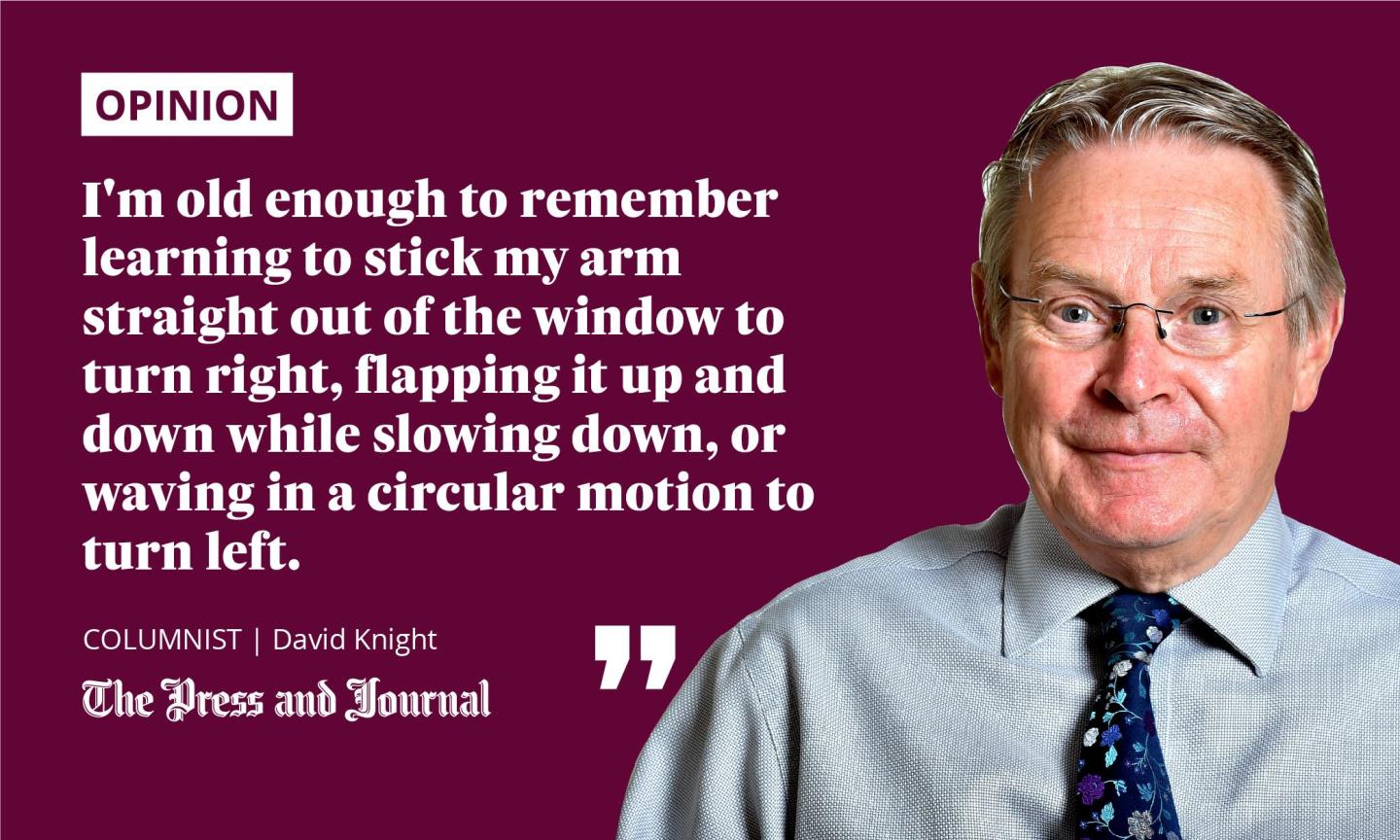
Those in charge of horse-drawn carriages were told in the first 1931 code about keeping their hands high when signalling while carrying a whip, for the simple reason that they could clobber another road user with a sharp stroke of it as they passed.
Ah, those were the days: the joys of motoring. Except they weren’t exactly – the road crash statistics were appalling in comparison to nowadays.
And so began a process of refining the Highway Code and driving laws, which has continued for almost a century.
Highway Code hierarchy may prove tricky in court
More important changes to the code take effect later this month.
They include a “hierarchy of priorities” to create a pecking order of vulnerability among drivers, cyclists and pedestrians – along with required levels of care, and potential legal responsibility for each group.
Extra protection for pedestrians and cyclists is advised, with an automatic right of way when crossing road junctions.
For pedestrians, exact timing of when someone steps into a road junction is the critical thing.
There will always be some madcap pedestrians who think the guidance allows them to leap into the road at point-blank range and expect traffic to subside like the Red Sea in the Bible. But that happens already, doesn’t it?
Dodging pedestrians at night – often indistinguishable in dark clothing – is commonplace for drivers. And avoiding cyclists, for that matter; particularly those without lights who swerve back and forth from pavement to road.
I don’t see anything in the code changes which covers these things.
Judges and lawyers should have a wonderful time sorting out the “hierarchy of priorities” and convoluted layers of interpretation if cases end up in court.
When did you last read the code?
Much of the driving force behind those shocking road casualties in the early days were people at the wheel who thought they had a God-given right to be there, and woe betide pedestrians or cyclists who got in their way. Come to think of it, I’m sure some drivers still think this today. Come on, be honest.
On foot I’m alarmed by drivers who accelerate unnecessarily fast in high-powered vehicles in narrow streets with no chance of stopping if someone stepped out
I’m in both camps: when I’m driving I find pedestrians and cyclists, whose ranks have swelled by food-laden waiters on wheels, quite annoying.
But on foot I’m alarmed by drivers who accelerate unnecessarily fast in high-powered vehicles in narrow streets with no chance of stopping if someone stepped out.
Those in charge fear people will miss the changes because they don’t check the code often enough. Really? I doubt if many people have looked at the code since passing their tests.
A perfect driver with a past
Like everyone else, I think I’m the perfect driver. But, in case you wonder who am I to preach, I do have a past.
My own impromptu hand signal – waving to my hairdresser as I drove past him – once landed me in hot water, but no one was hurt.
On another occasion, I was too fast into a blind bend on a narrow country road. A parked removal lorry was on one side, just around the corner, and a refuse truck on the other.
Unable to stop in time, I decided to aim for a gap between them, but it was only wide enough to roll a pizza through. Hospital, stitches, lesson learned.
‘Most road accidents are not “accidents” at all’
The latest road crash figures for Scottish roads were revealed in The P&J a few days ago. They included almost 60 fatalities around the Highlands and north-east in four years, prompting renewed calls for dual carriageways.
But, it’s hard to escape the suspicion that driver error remains the most likely factor, ahead of road conditions.
It’s a counter argument which would have been met with the approval of a controversial former UK transport minister. Writing 60 years ago in the Highway Code, Ernest Marples urged the British public to stop what he described as “slaughter” on the roads.
“Most road accidents are not ‘accidents’ at all,” he stated. “People die because of carelessness and selfishness.”
Ironically, around a decade later, misfortunes in his own life resembled something of a road crash. But his comments still ring true today.
David Knight is the long-serving former deputy editor of The Press and Journal
